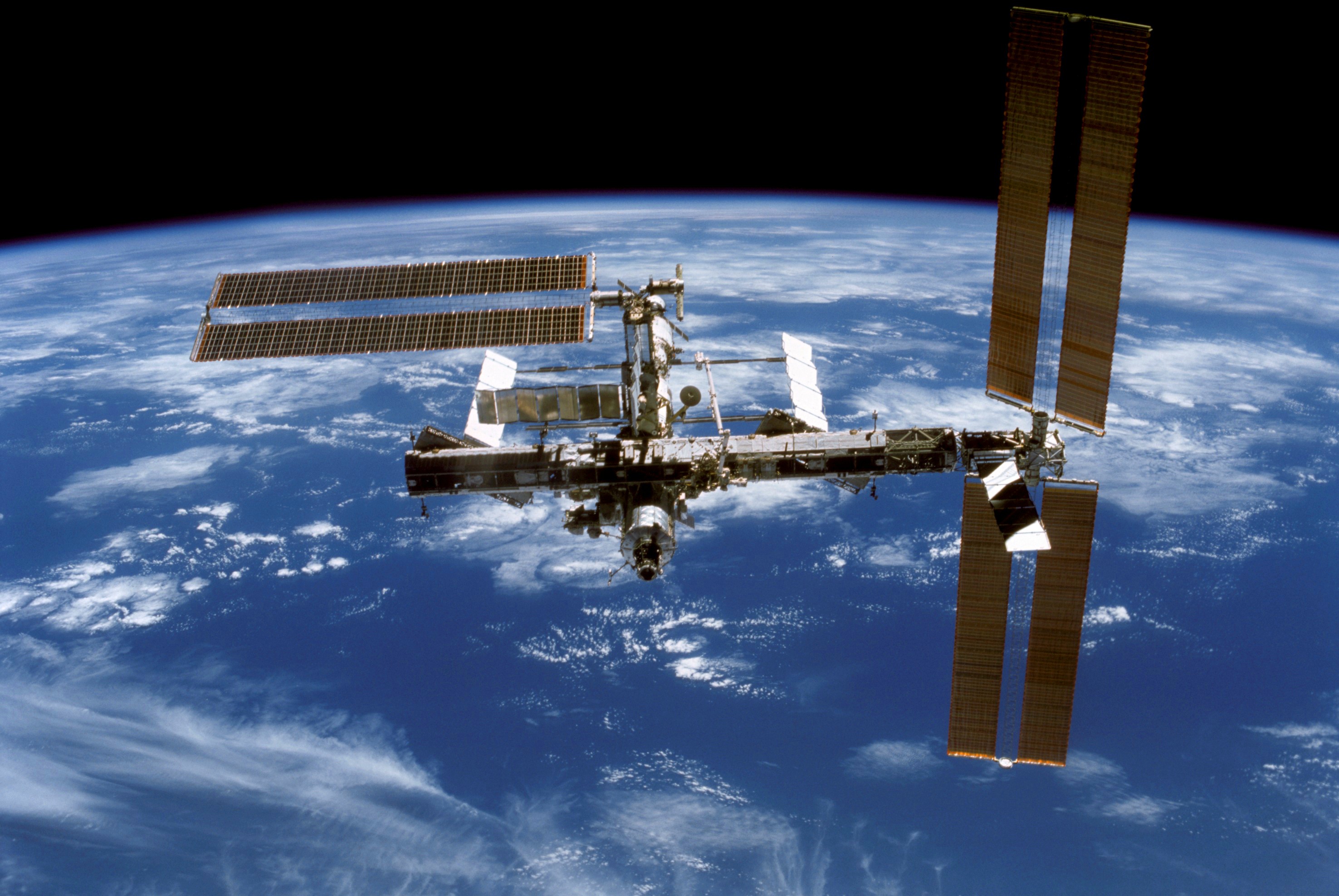
“Dust plumes off Western Africa and Cape Verde Islands” by Jeff Schmaltz, NASA, 2009. Wikimedia commons, public domain. Included with appreciation.
Dust – it’s something we may not think about until we swipe a finger across a windowsill or squint an eye on a windy hike. But did you know that dust comes in different colors? Minerals in the land, when they become dust, have various reflective properties according to their composition. Those colors have an effect on climate. White dust helps to reflect solar radiation away from the earth; red or darker dust absorbs radiation, warming the planet.

Sand dust from the Sahara blows to the Amazon where it helps to nourish the rainforest. Image: “Merzouga Dunes,” by photographer Bjorn Christian Tørrissen, 2011. Wikimedia creative commons 3.0. Included with appreciation.
Not all dust is a problem. In fact, dust helps to cross-nurture the Earth. Sand from the Sahara Desert actually nourishes the Amazon forest, blowing across the globe in ever-circulating winds that carry dust and its various mineral nutrients to feed far-away soils. But, like many foods, too much is a problem. As the Earth warms, the United Nations warns that we’ll be seeing more dust storms – and more respiratory conditions such as asthma. So, both for climate change and for public health, we need to know more about dust.

EMIT operates from the International Space Station, measuring Earth’s dust (and methane). Image: “International Space Station orbiting Earth,” NASA 2006. Image ID: STS116-301-028. Wikimedia, public domain. Included with appreciation.
Up until now, dust was studied on a local level. Farmers knew their soil, observed when it became dry, saw effects of drought or burned plants after wildfires. But now, with the guidance of Cornell professor Natalie M. Mahowald, NASA has developed an instrument to measure global dust. The imaging spectrometer is called the Earth Surface Mineral Dust Source Investigation or EMIT. It’s on the International Space Station, observing the Earth as a whole system, taking data snapshots of the globe 16 times every day. The result will be a mineral map of the Earth, with every dust variety shown in a color related to its light wavelengths. In addition to measuring dust, EMIT also monitors emissions of methane.
Cairns, Rebecca with VIDEO by Jazel Pfeifer. “NASA is mapping duststorms from space with this new high-tech device.” 20 February 2022. CNN. https://www.cnn.com/2023/02/20/world/nasa-sandstorms-space-emit-hnk-spc-intl
Mahowald, N., D. Ward, S. Doney, P. Hess, J. Randerson. “Are the impacts of land use on warming underestimated in climate policy?” Environmental Research Letters, V12, No. 9, 2017. https://doi.org/10.1088/1748-9326/aa836d.
United Nations. “Global Assessment of Sand and Dust Storms” UNEP. ISBN: 978-92-807-3551-2. https://wesr.unep.org/redesign/media/docs/assessments/global_assessment_of_sand_and_dust_storms.pdf
Building the World Blog by Kathleen Lusk Brooke and Zoe G. Quinn is licensed under a Creative Commons Attribution-NonCommercial-NoDerivs 3.0 Un

